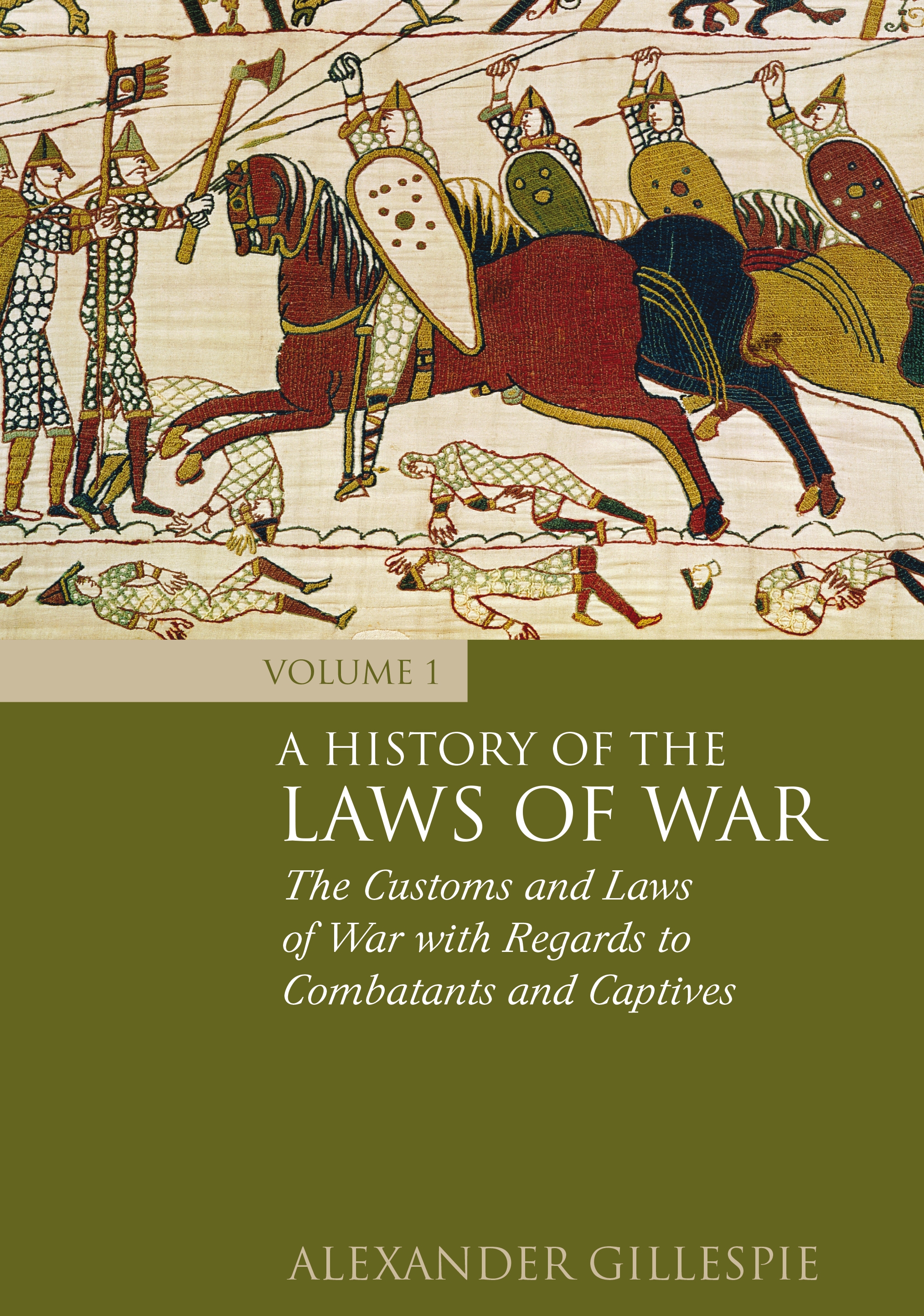- 中图分类号: D90
- 语种: ENG
- 出版信息: Hart Publishing 2011 278页
- EISBN: 9781847318367
- PISBN-P: 9781849462044
- 原文访问地址:
KG评星
知识图谱评星,是一种基于用户使用的评价体系,综合图书的评论数量、引文数量、Amazon评分以及图谱网络中节点的PageRank值(即考虑相邻节点数量和重要性)等多种因素计算而得出的评价数值。星级越高,推荐值越高。CAT核心级
核心学术资源(CAR)项目作为教图公司推出的一项知识型服务,旨在打造一套科学、有效的图书评价体系,并协助用户制定相应的馆藏建设方案。CAR项目调查和分析12所世界一流大学的藏书数据,以收藏学校的数量确定书目的核心级,核心级越高,代表书目的馆藏价值越高。选取核心级在三级以上,即三校以上共藏的图书作为核心书目(CAT)。This unique new work of reference traces the origins of the modern laws of warfare from the earliest times to the present day. Relying on written records from as far back as 2400 BCE, and using sources ranging from the Bible to Security Council Resolutions, the author pieces together the history of a subject which is almost as old as civilisation itself. The author shows that as long as humanity has been waging wars it has also been trying to find ways of legitimising different forms of combatants and regulating the treatment of captives. This first book on warfare deals with the broad question of whether the patterns of dealing with combatants and captives have changed over the last 5,000 years, and if so, how? In terms of context, the first part of the book is about combatants and those who can 'lawfully' take part in combat. In many regards, this part of the first volume is a series of 'less than ideal' pathways. This is because in an ideal world there would be no combatants because there would be no fighting. Yet as a species we do not live in such a place or even anywhere near it, either historically or in contemporary times. This being so, a second-best alternative has been to attempt to control the size of military forces and, therefore, the bloodshed. This is also not the case by which humanity has worked over the previous centuries. Rather, the clear assumption for thousands of years has been that authorities are allowed to build the size of their armed forces as large as they wish. The restraints that have been applied are in terms of the quality and methods by which combatants are taken. The considerations pertain to questions of biology such as age and sex, geographical considerations such as nationality, and the multiple nuances of informal or formal combatants. These questions have also overlapped with ones of compulsion and whether citizens within a country can be compelled to fight without their consent. Accordingly, for the previous 3,000 years, the question has not been whether there should be a limit on the number of soldiers, but rather who is or is not a lawful combatant. It has rarely been a question of numbers. It has been, and remains, one of type. The second part of this book is about people, typically combatants, captured in battle. It is about what happens to their status as prisoners, about the possibilities of torture, assistance if they are wounded and what happens to their remains should they be killed and their bodies fall into enemy hands. The theme that ties all of these considerations together is that all of the acts befall those who are, to one degree or another, captives of their enemies. As such, they are no longer masters of their own fate. As a work of reference this first volume, as part of a set of three, is unrivalled, and will be of immense benefit to scholars and practitioners researching and advising on the laws of warfare. It also tells a story which throws fascinating new light on the history of international law and on the history of warfare itself.







 京公网安备 11010602104826号
京公网安备 11010602104826号
